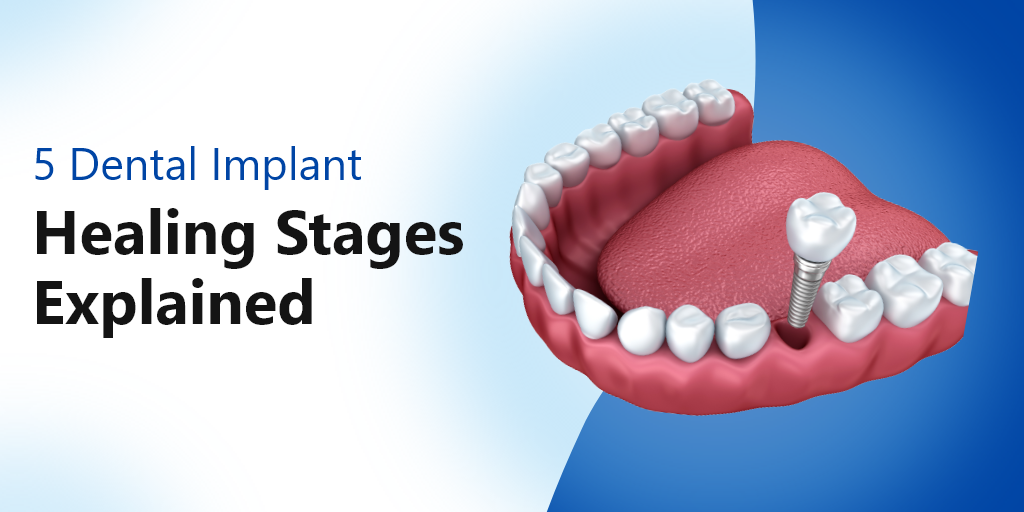
For those considering dental implants, understanding the dental implant healing stages can be invaluable. By familiarizing oneself with the various stages of dental implant healing, patients can set realistic expectations and ensure they’re adequately prepared for the journey ahead. Here, we’ll break down these stages step by step.
The first few days after your implant surgery are crucial for initial healing. This stage typically lasts about a week. Patients may experience some swelling, bruising, and mild discomfort. However, these symptoms can often be managed with over-the-counter pain relievers and prescribed medications. It’s essential to follow the dentist’s instructions closely during this time, including dietary restrictions, to prevent complications.
Arguably the most critical among the dental implant healing stages, osseointegration refers to the process where the implant fuses with the jawbone. This phase can last anywhere from three to six months. During osseointegration, it’s paramount to avoid putting pressure on the implant area. This means refraining from eating hard or crunchy foods that could disrupt the fusion process. Regular check-ups with your dental professional will ensure everything is on track.
While the bone is fusing with the implant, the gums are also healing. This stage is relatively quicker, usually taking a few weeks. Maintaining oral hygiene is essential to prevent infections. Use a soft-bristled toothbrush to avoid irritating the surgical site and consider using prescribed mouthwashes to keep the area clean.
Once osseointegration is successful, and the implant is firmly in place, the abutment can be added. This is a small component that connects the implant to the crown or artificial tooth. After the abutment is placed, there’s a short healing period, typically lasting about two weeks. During this time, the gums will shape around the abutment in preparation for the crown.
With the successful completion of all the previous stages, you’re now ready for the crown — the visible, tooth-like part of the implant. Your dentist will take impressions of your mouth to ensure the crown fits perfectly. Once it’s ready, it will be attached to the abutment, completing the dental implant process.
While following your dentist’s instructions is fundamental, there are additional practices you can adopt to support and expedite the healing process:
Dental implants offer a robust and long-lasting solution for missing teeth. By understanding the various stages involved in the healing process, patients can be better prepared, both mentally and physically, ensuring a successful and smooth transition to a restored smile.

LA Dental Clinic
3377 Wilshire Blvd #202
Los Angeles, CA, 90010